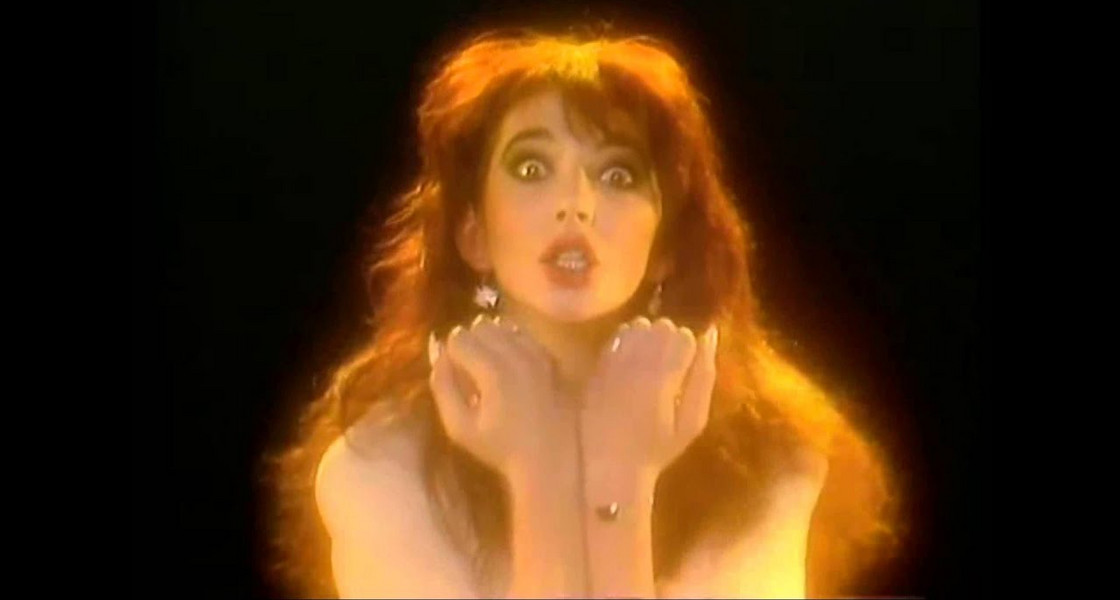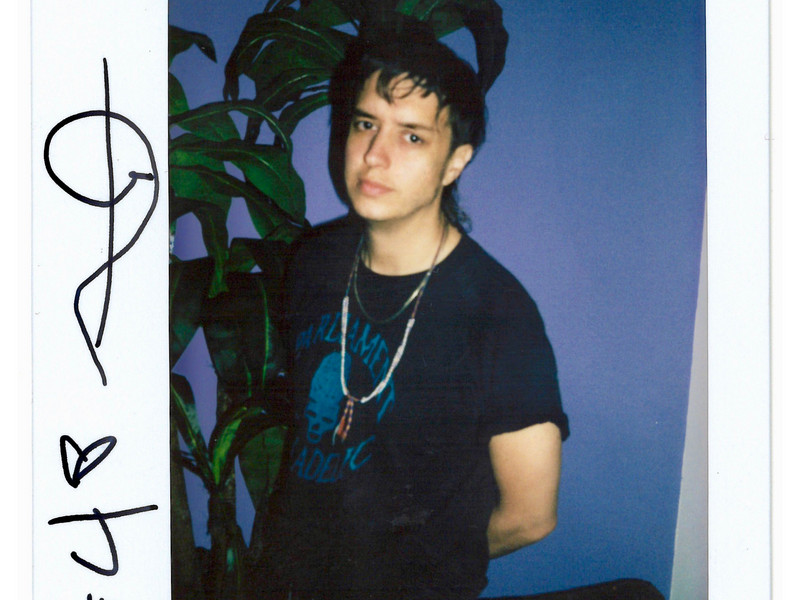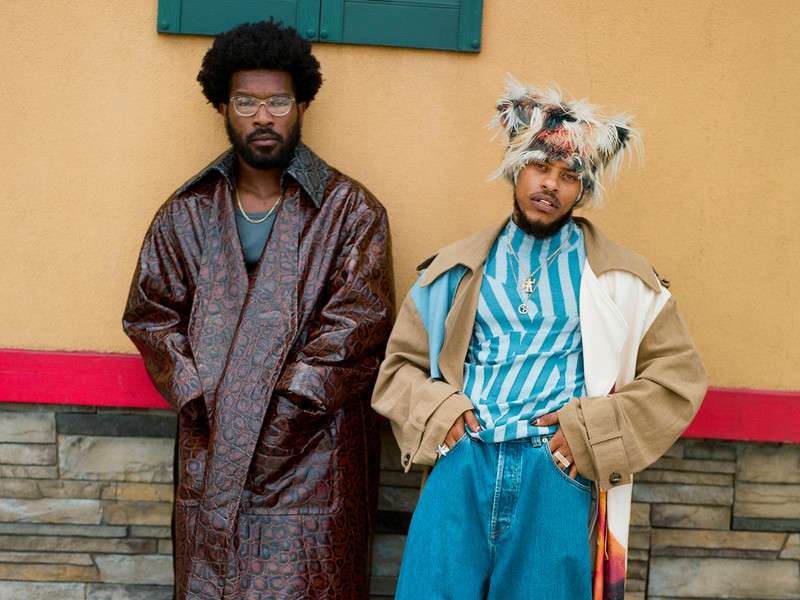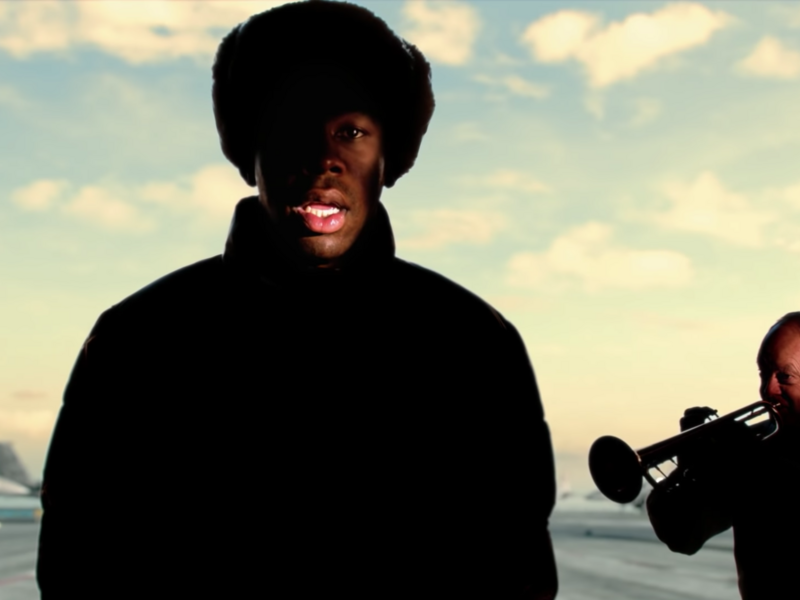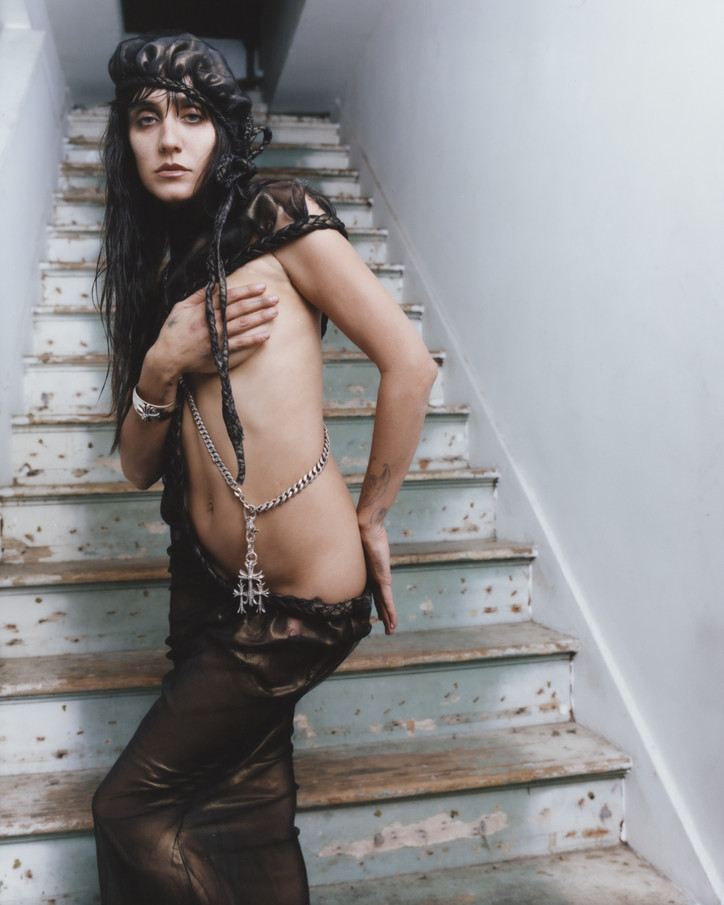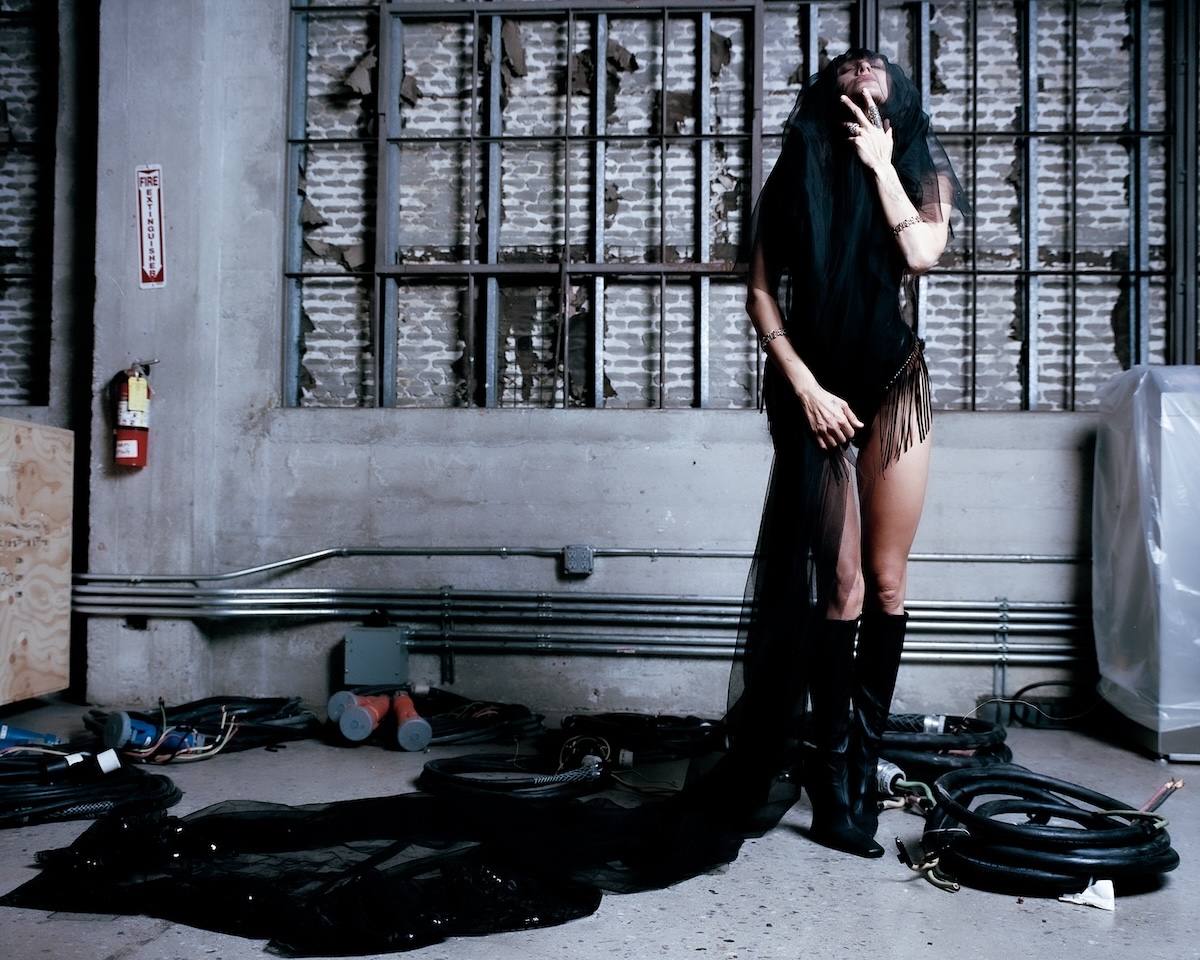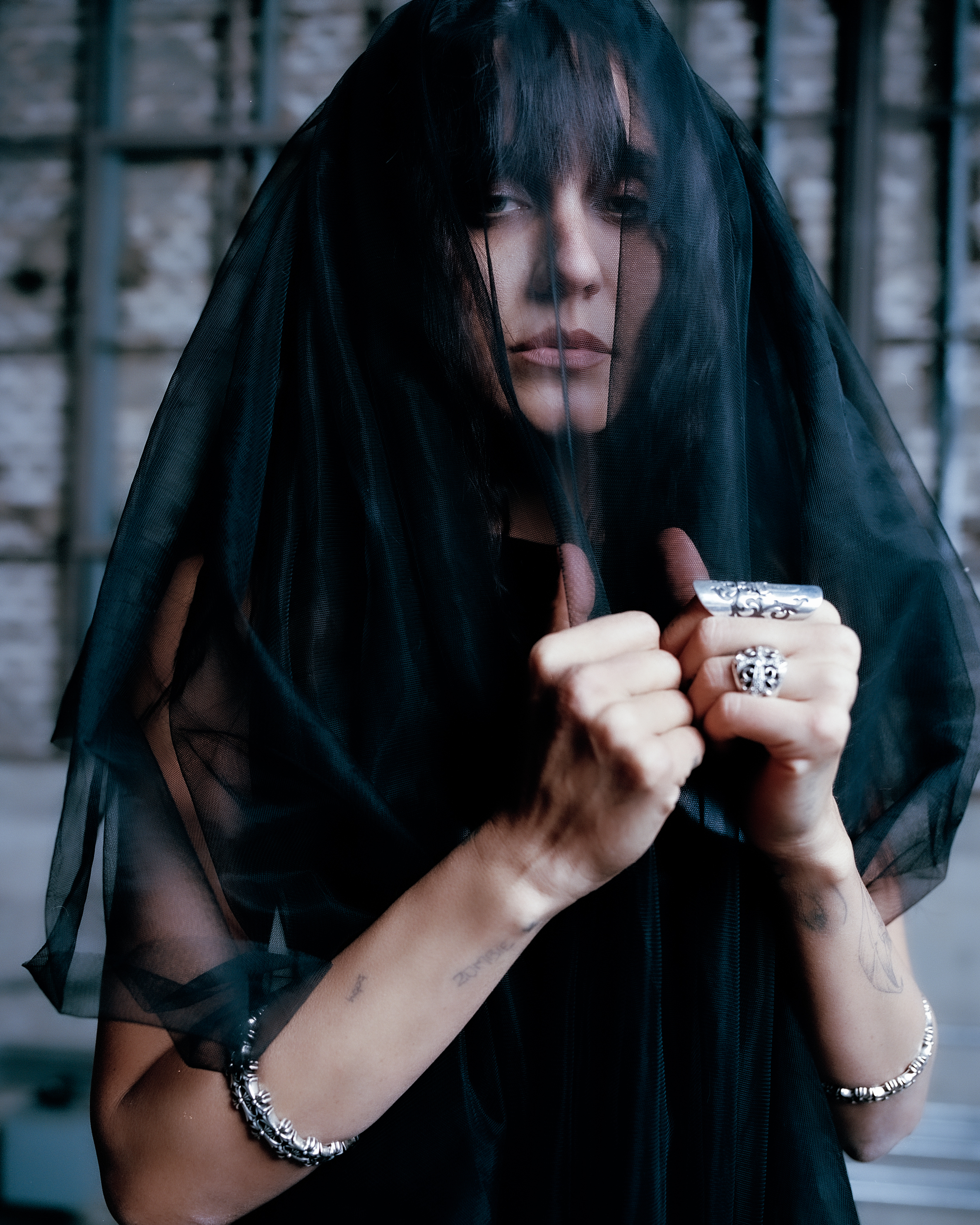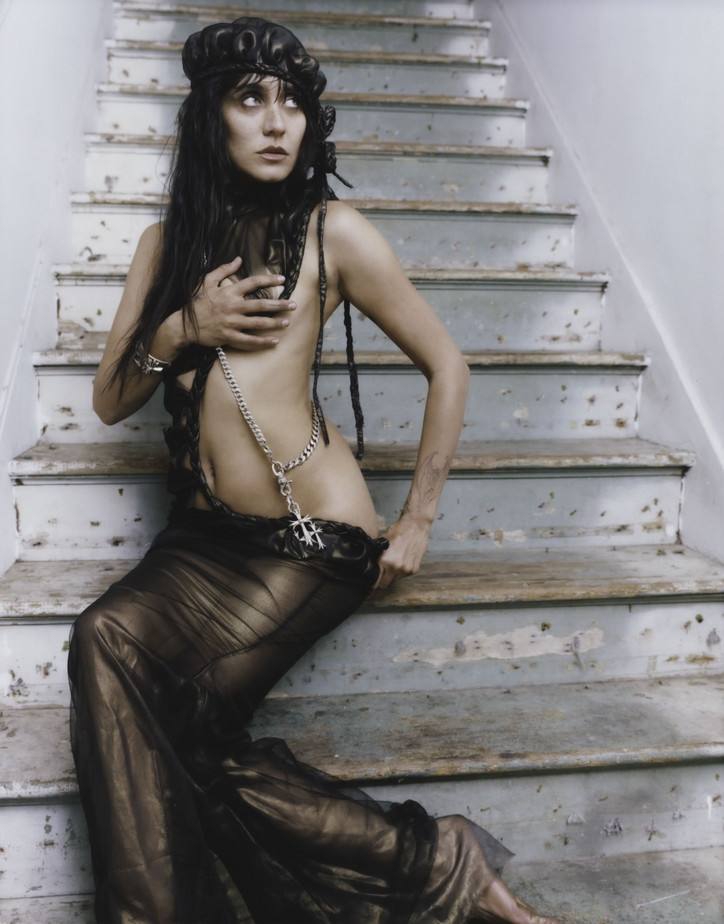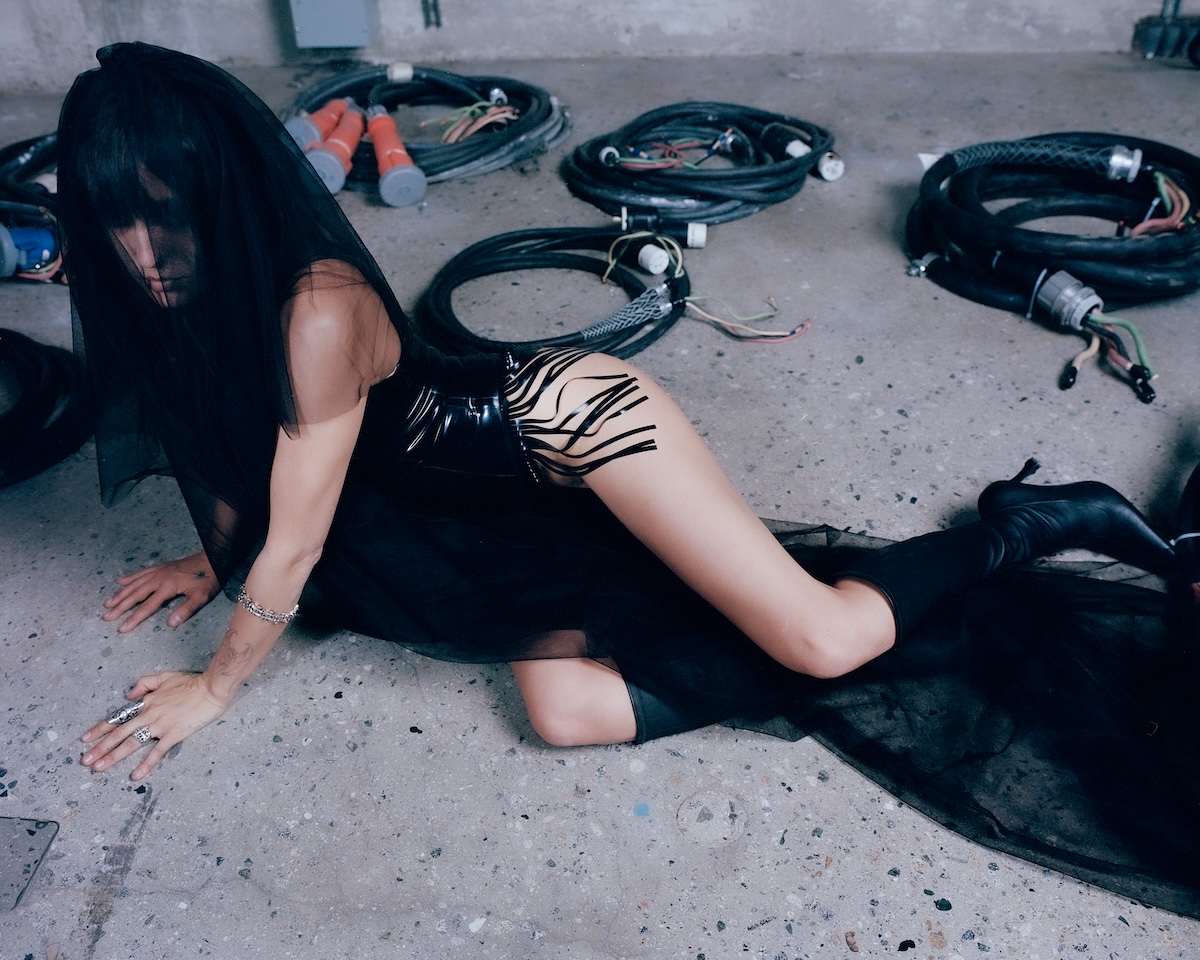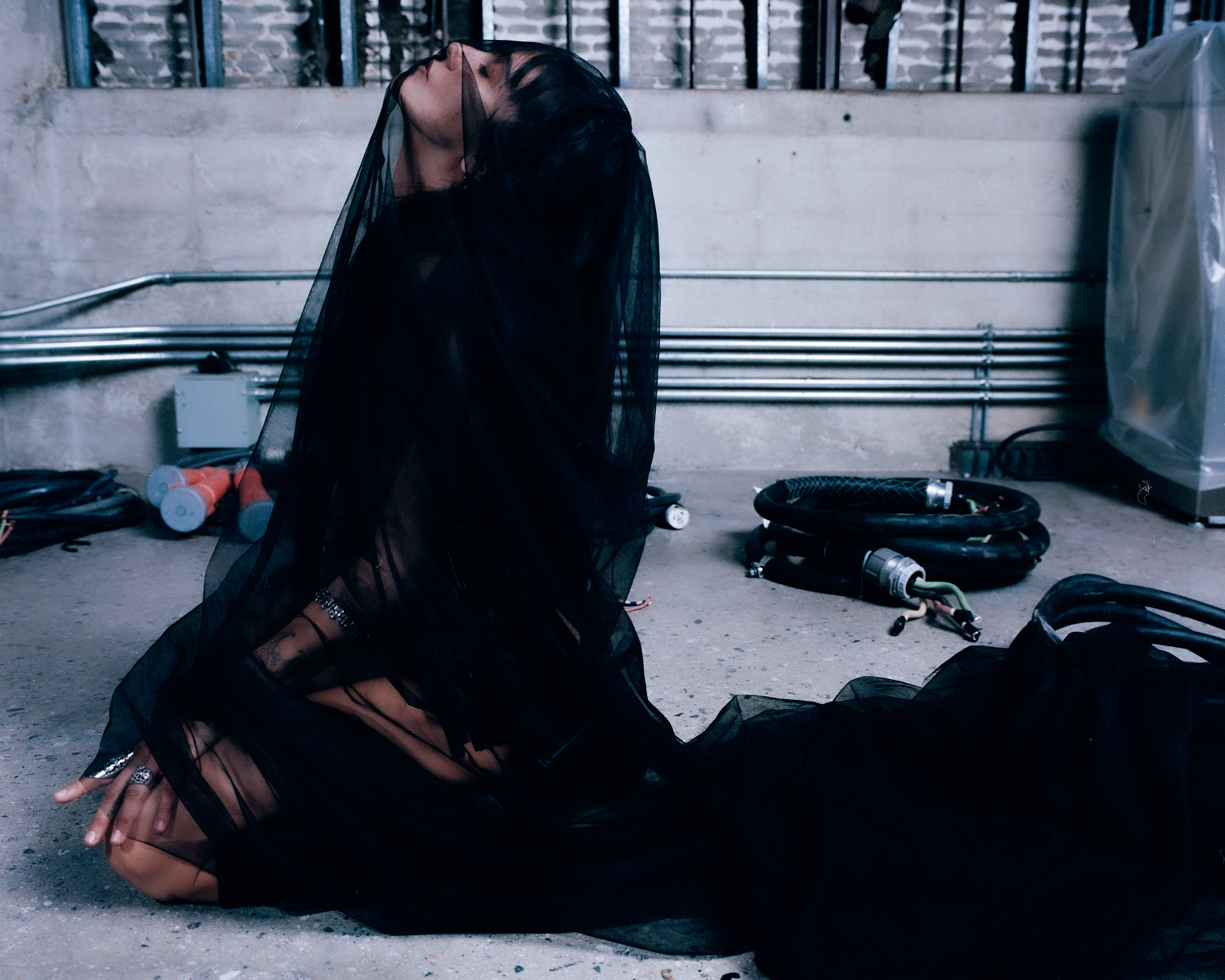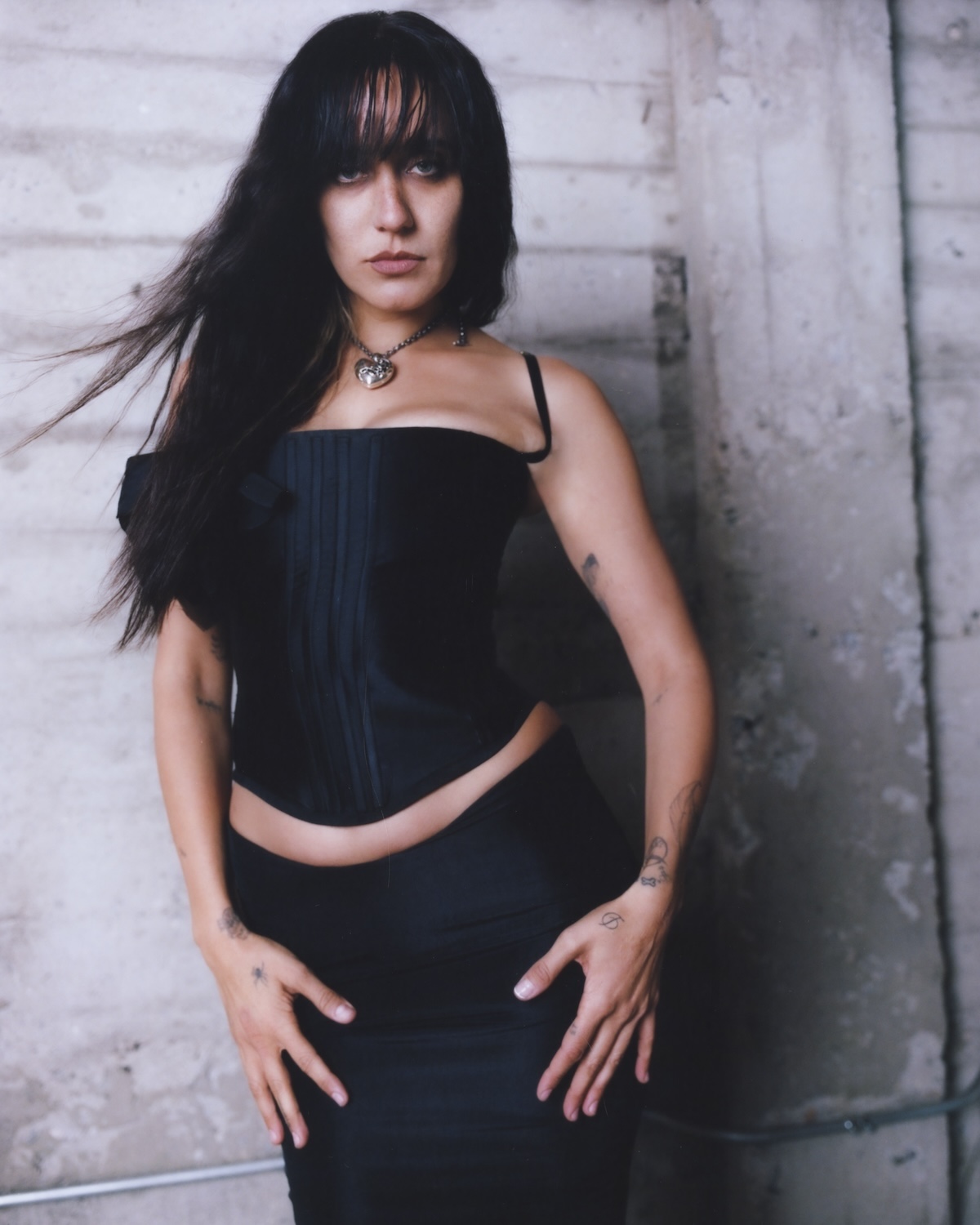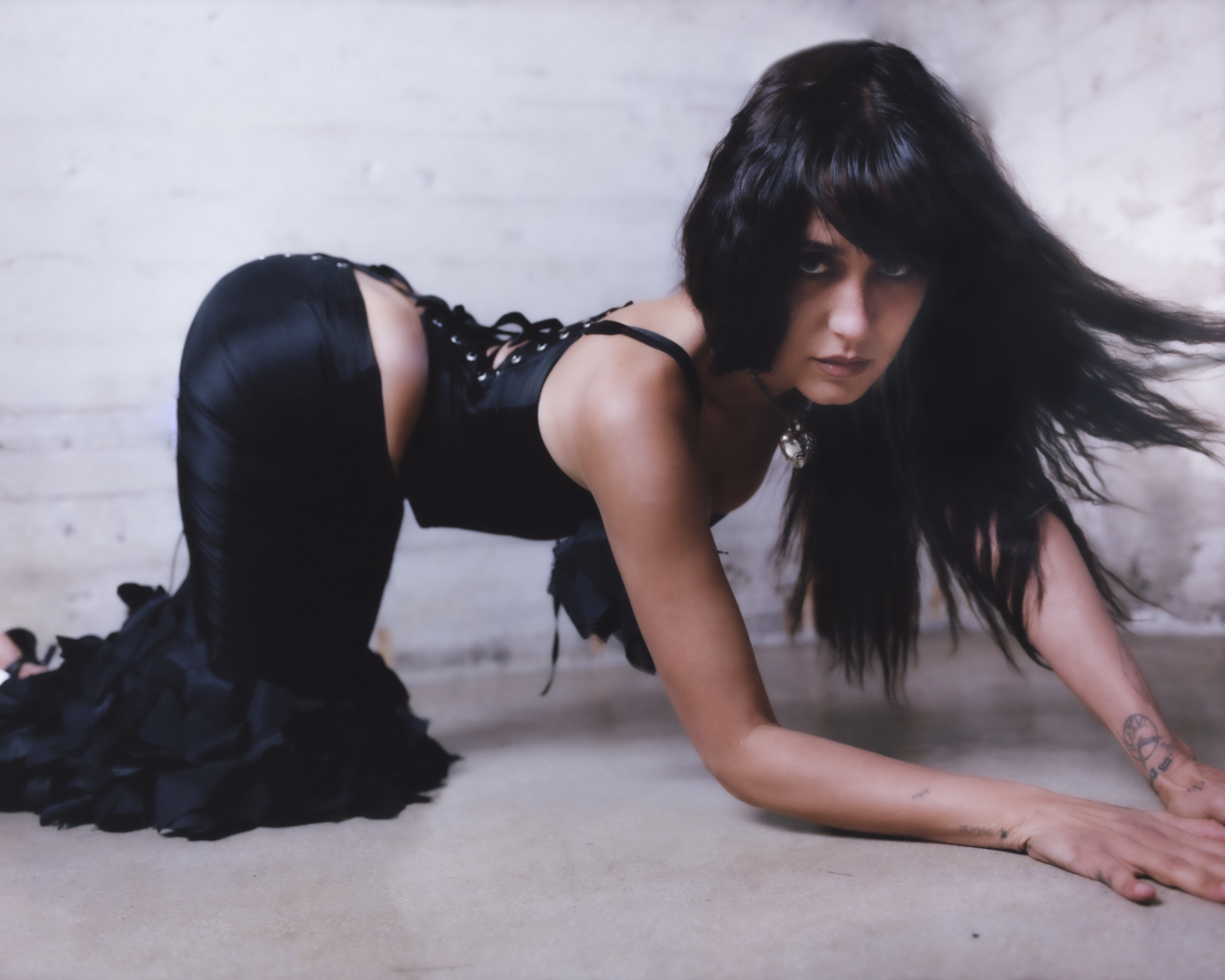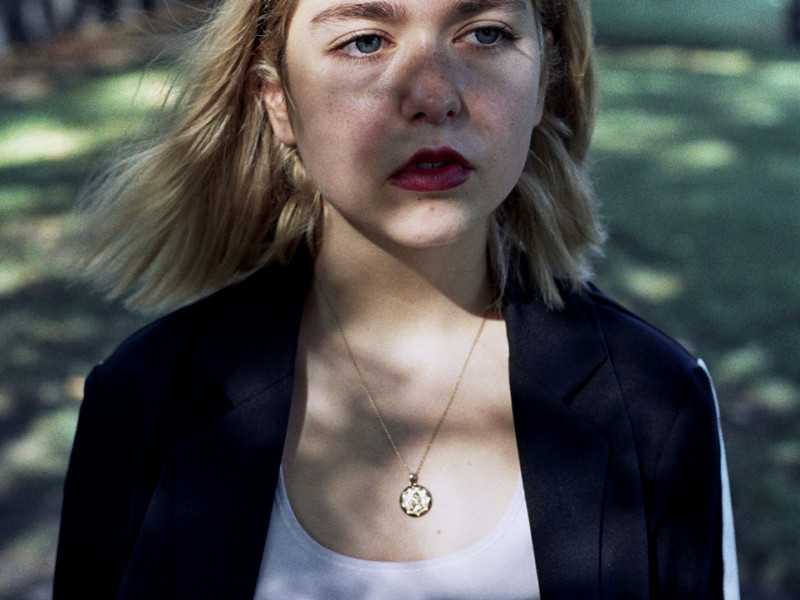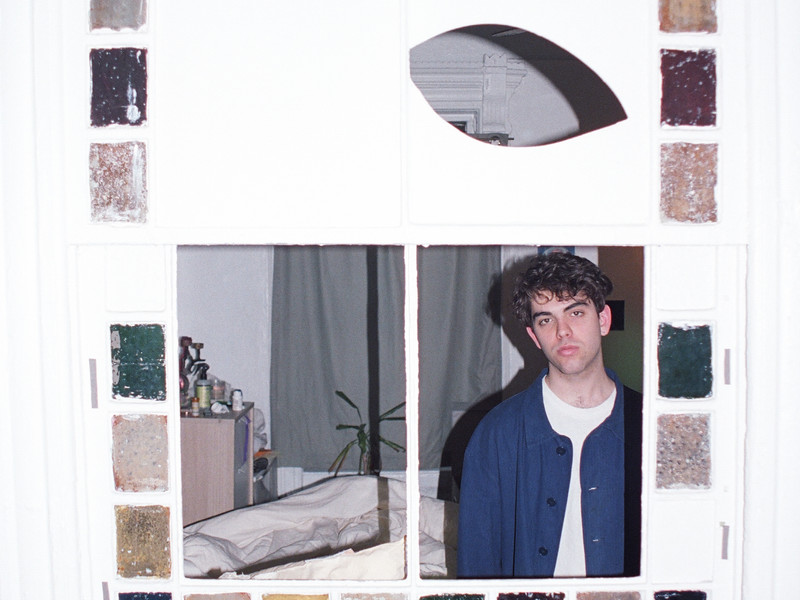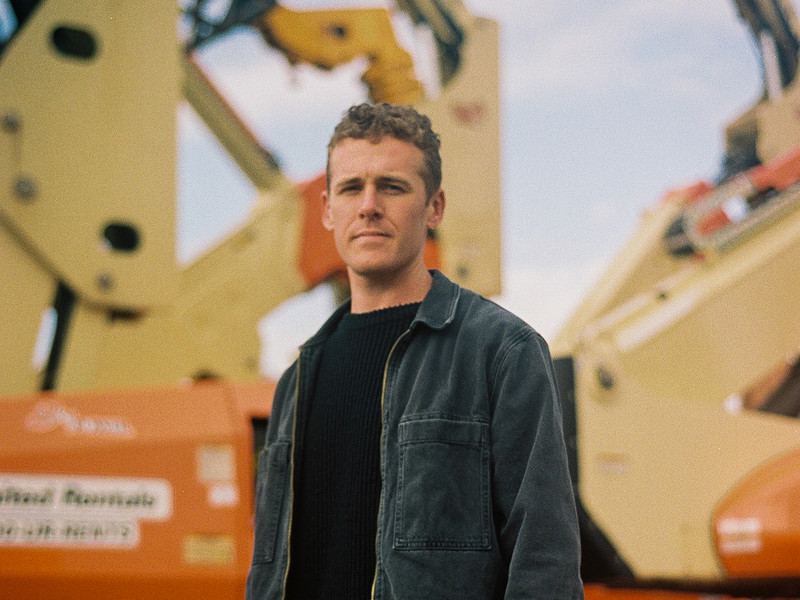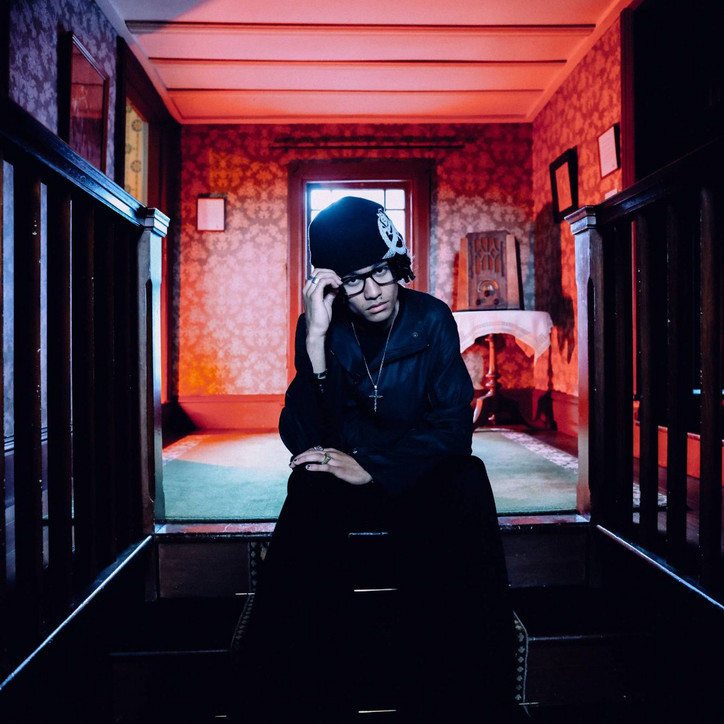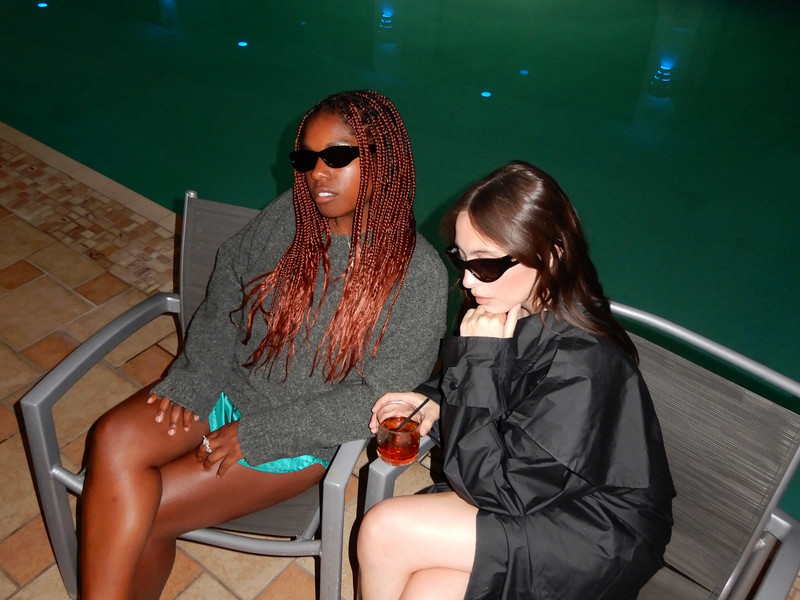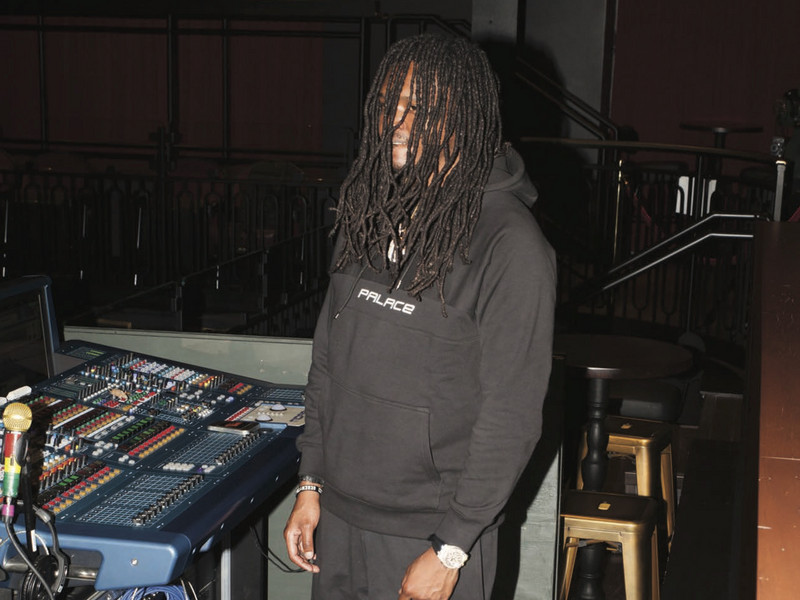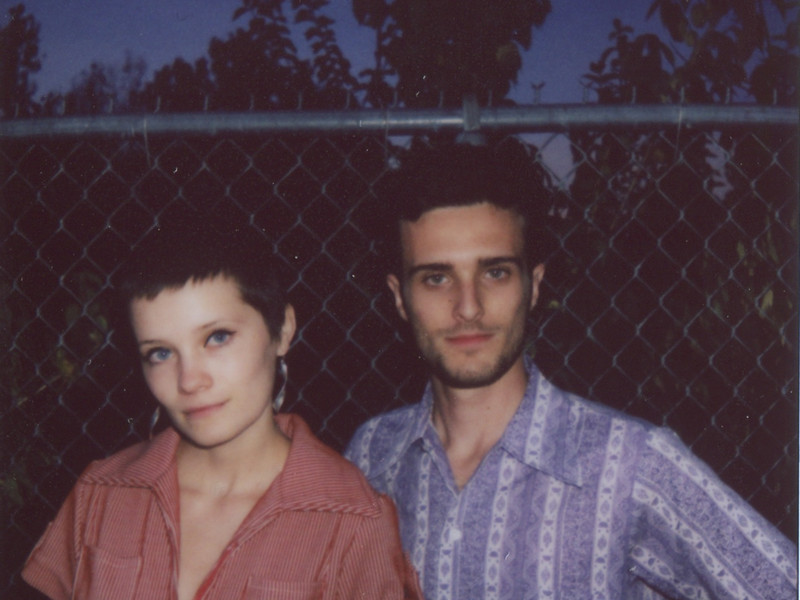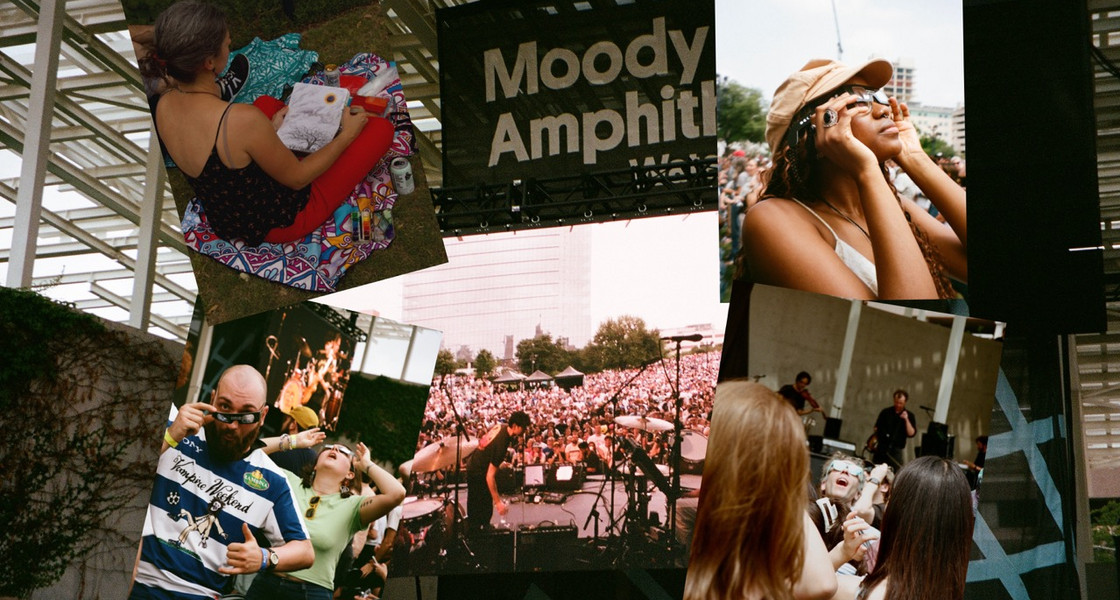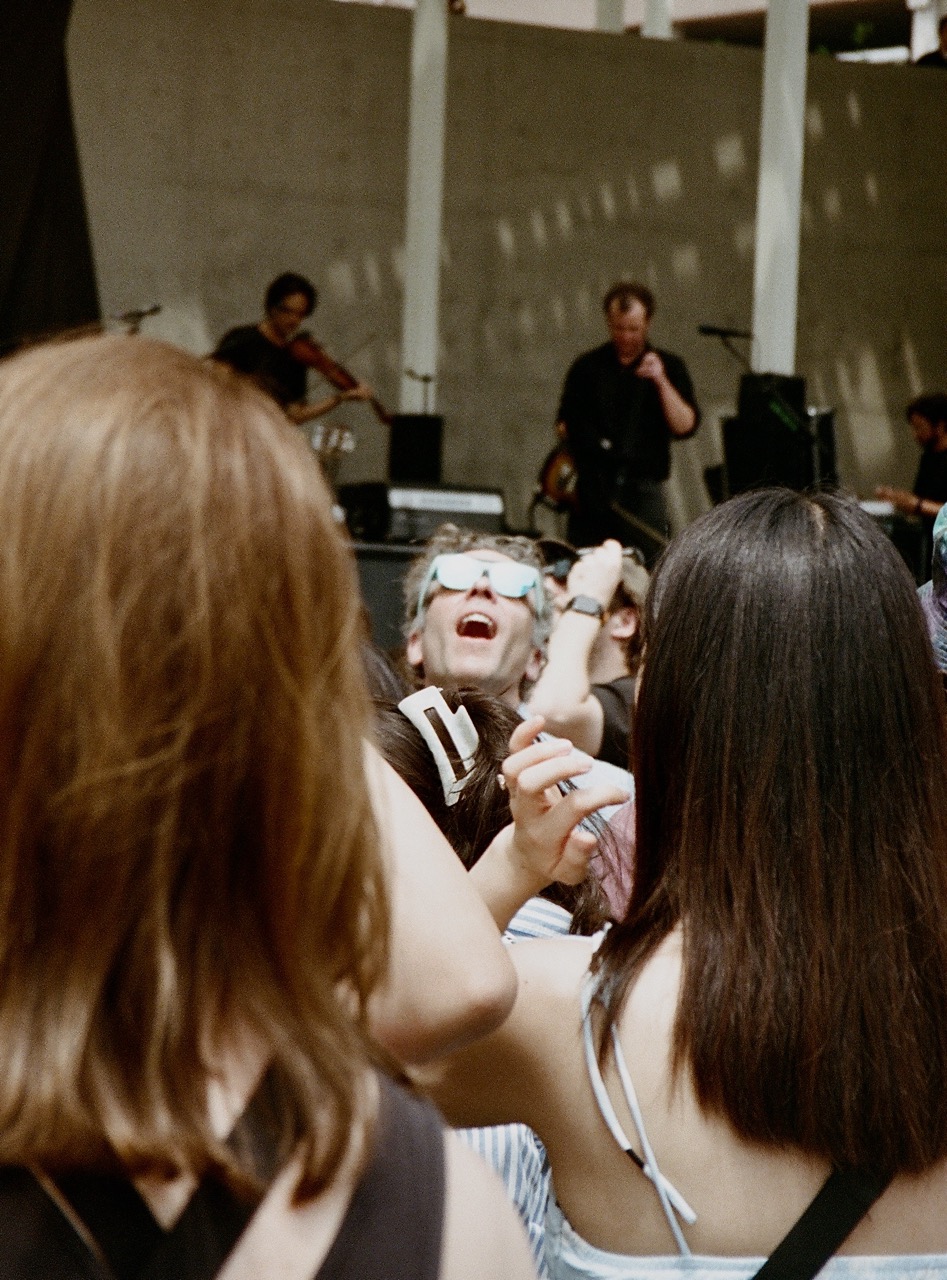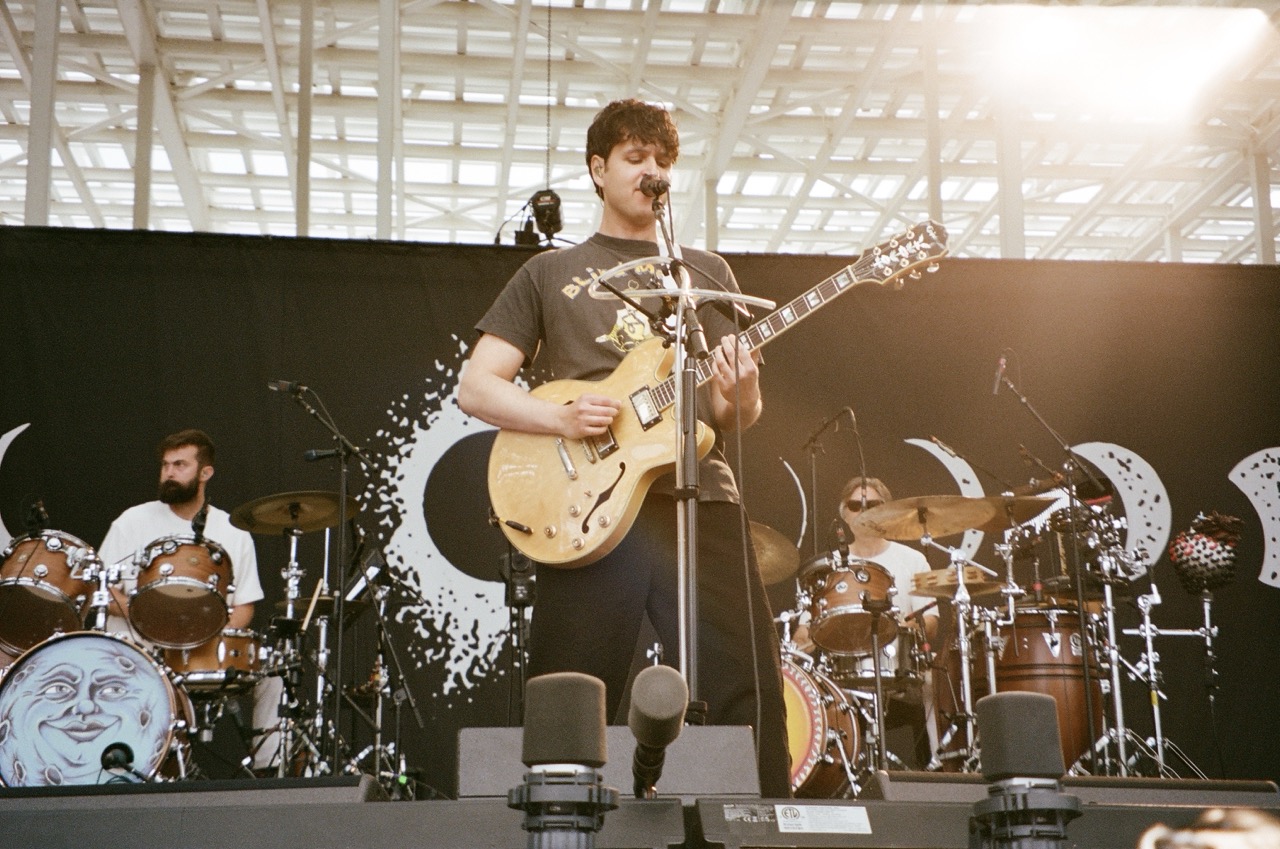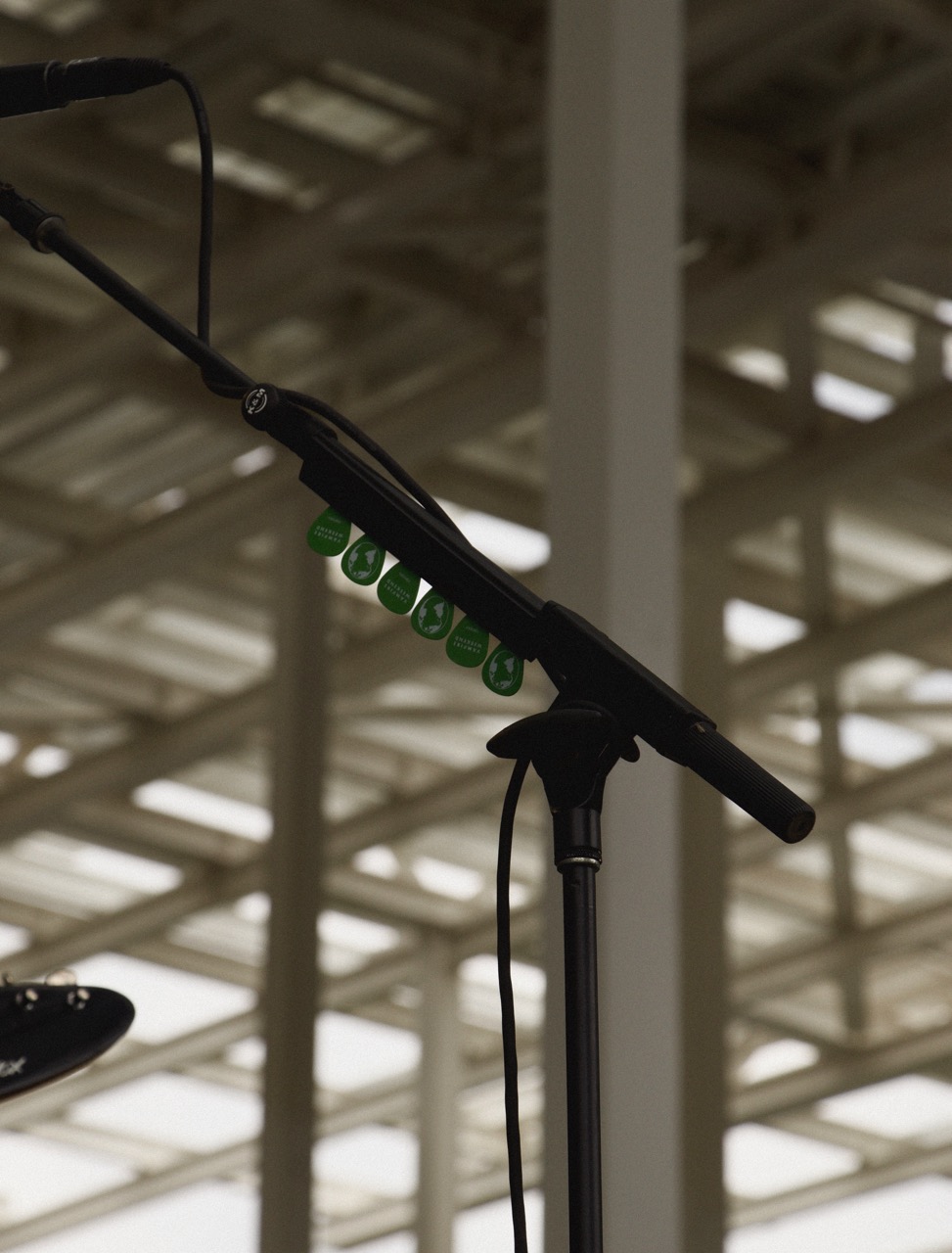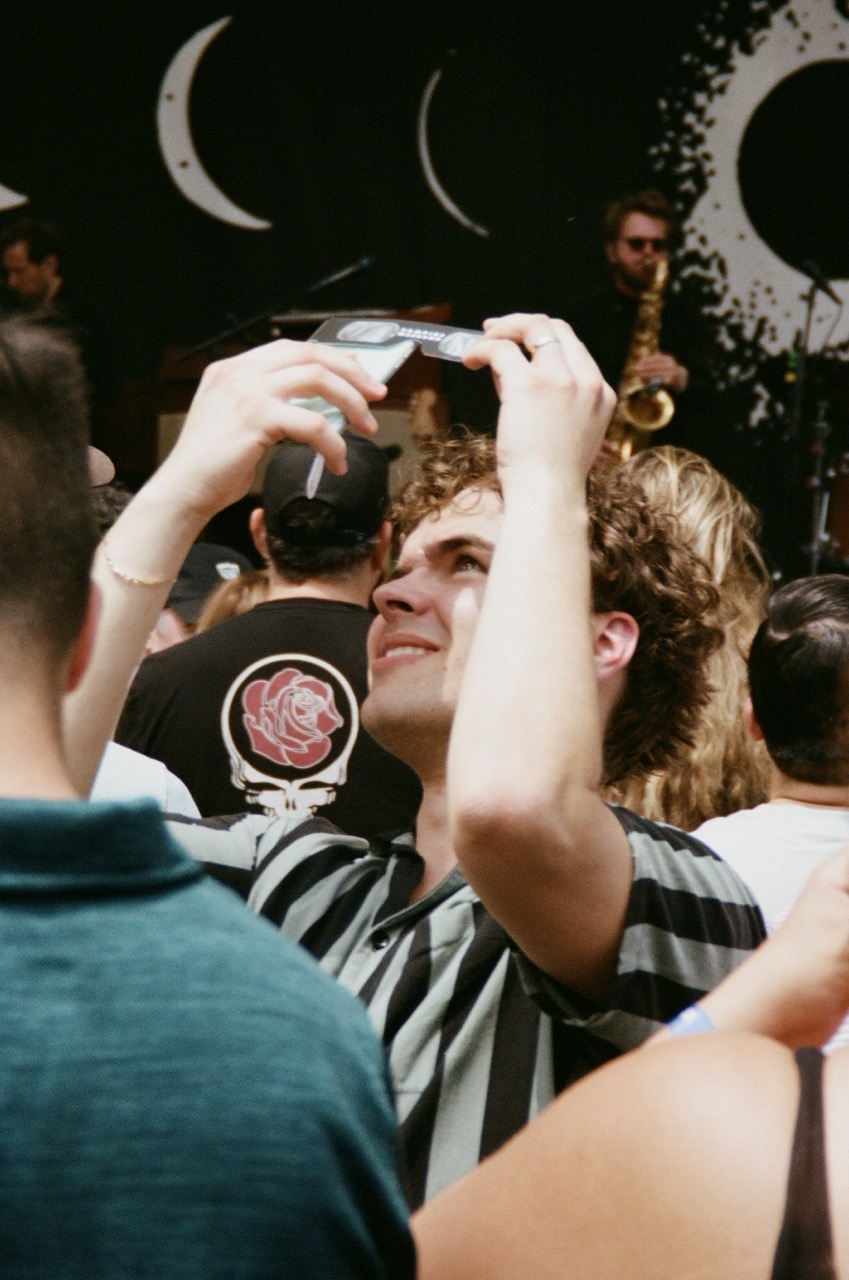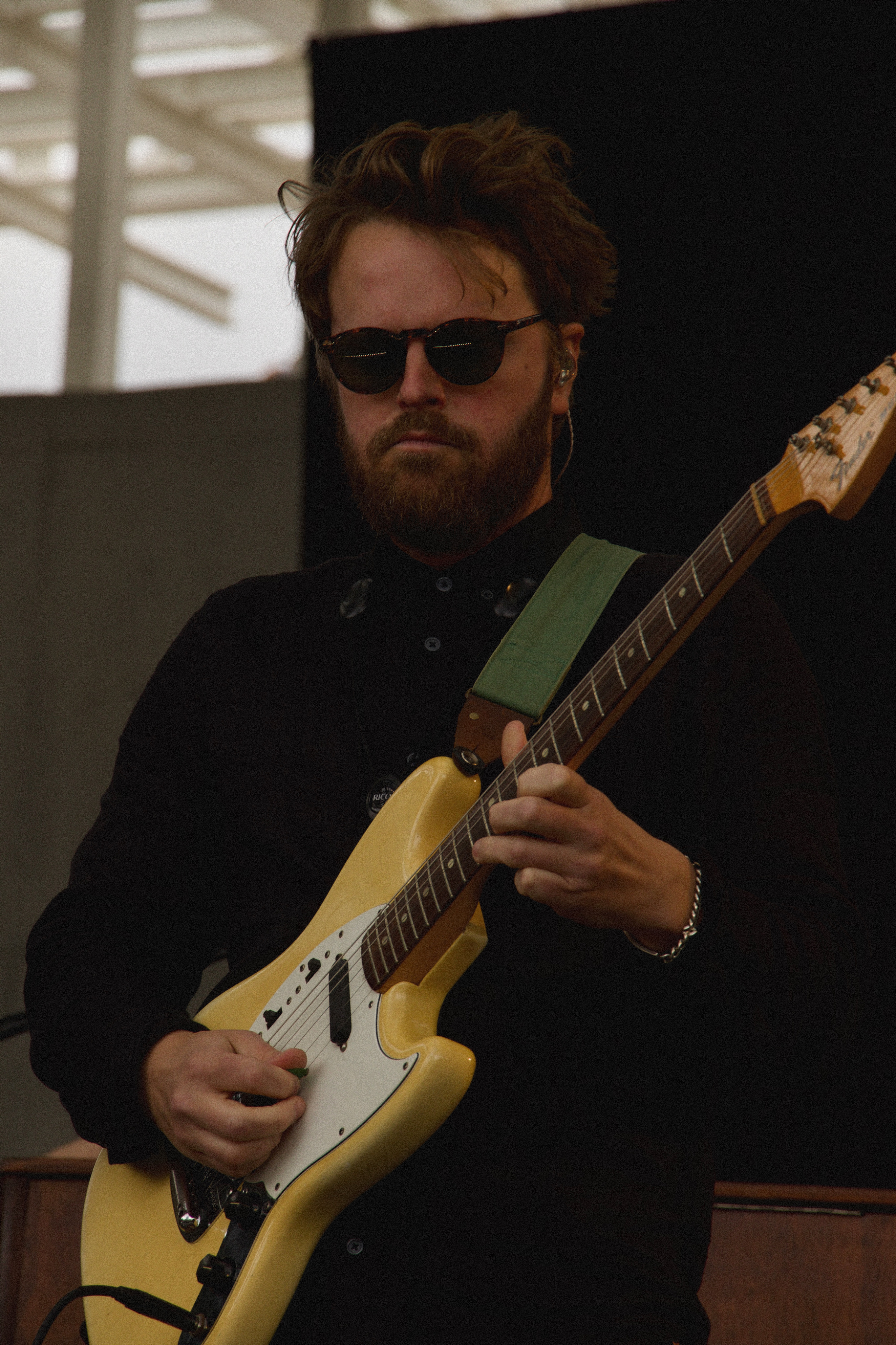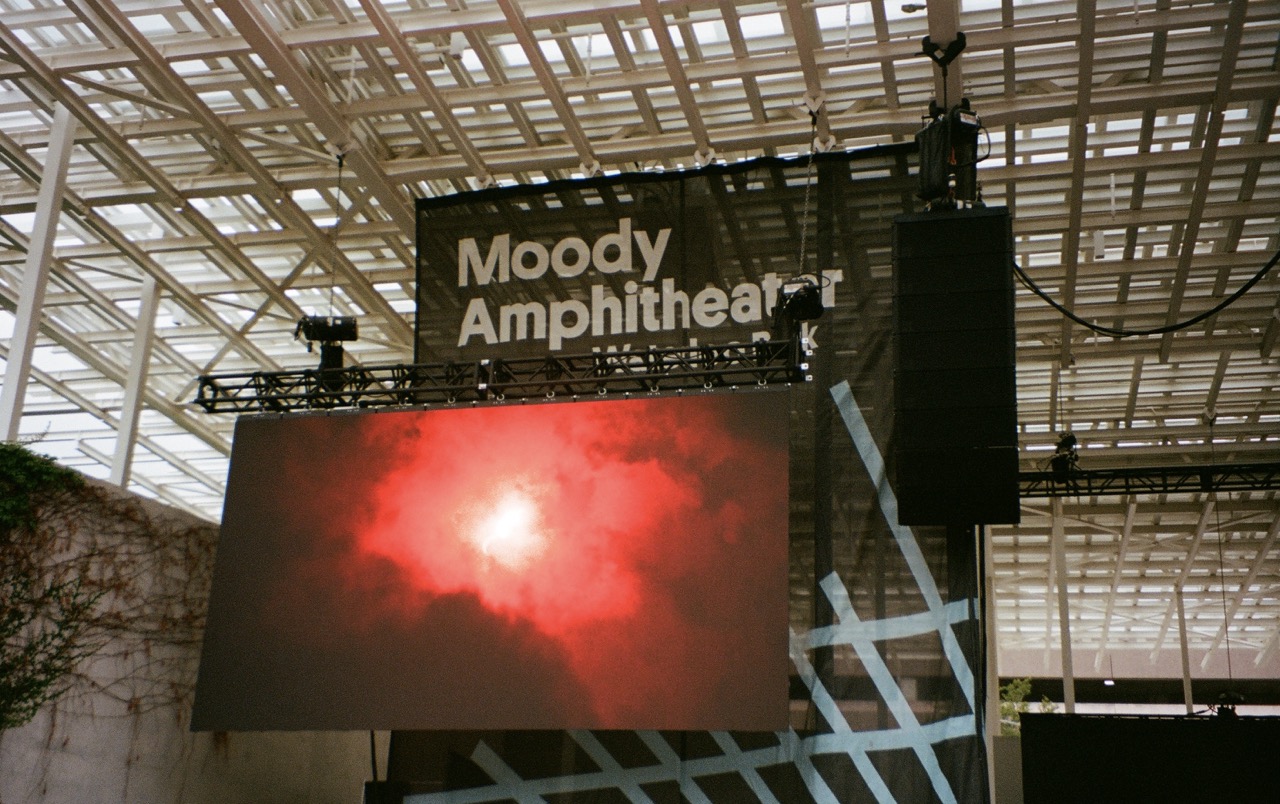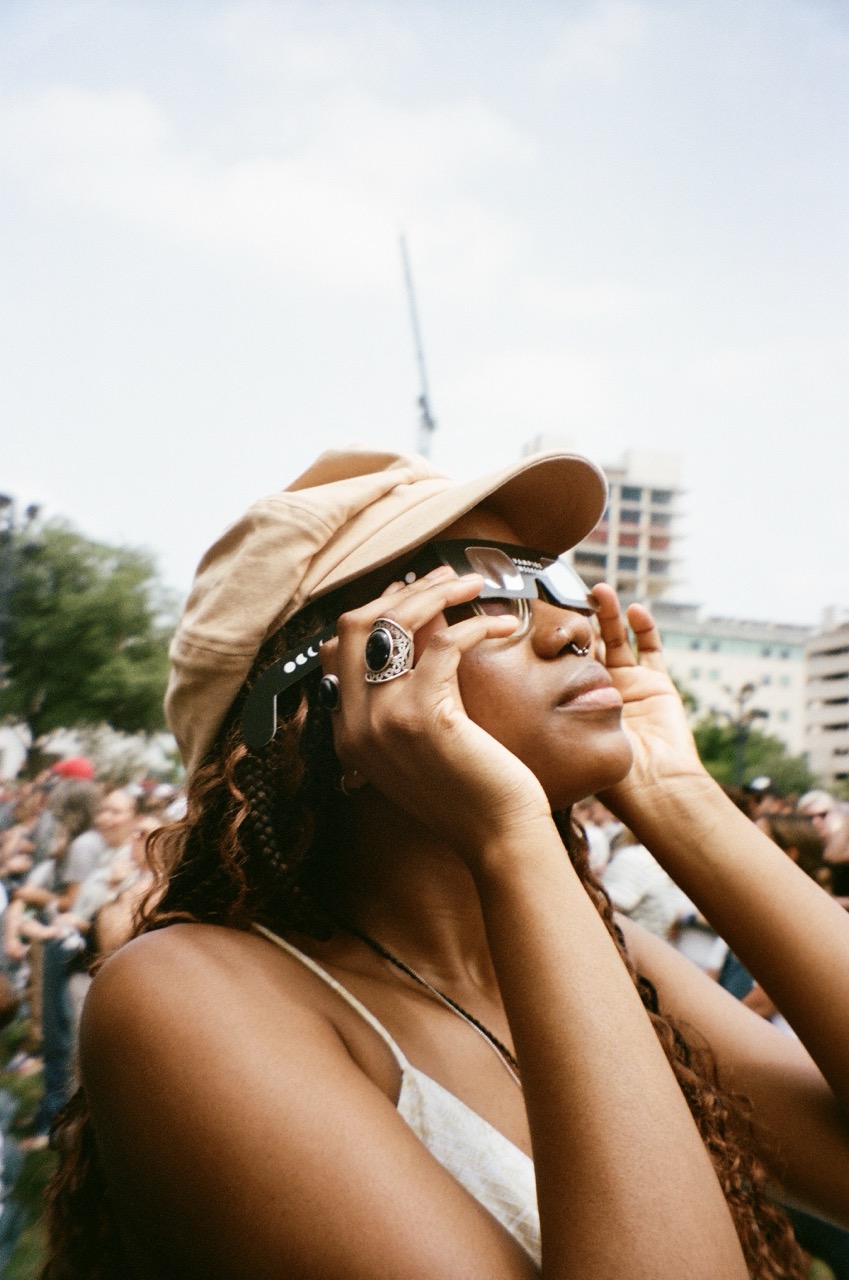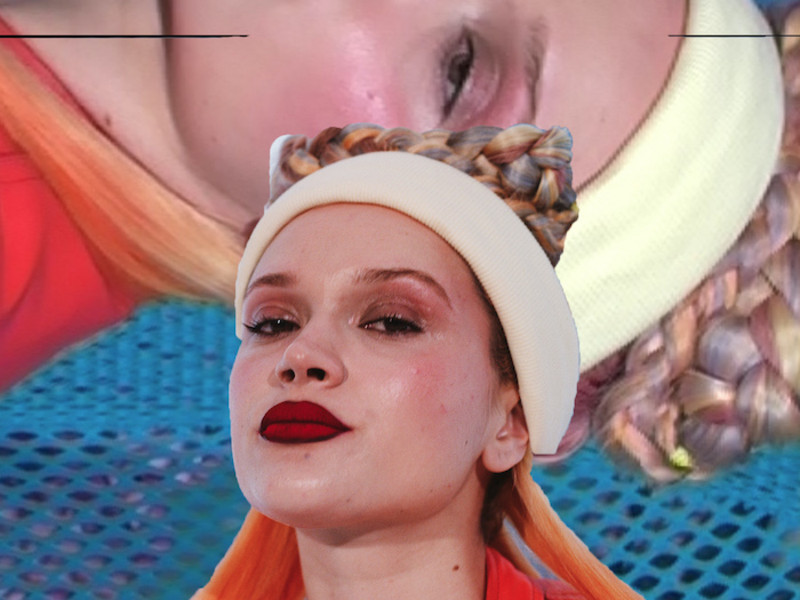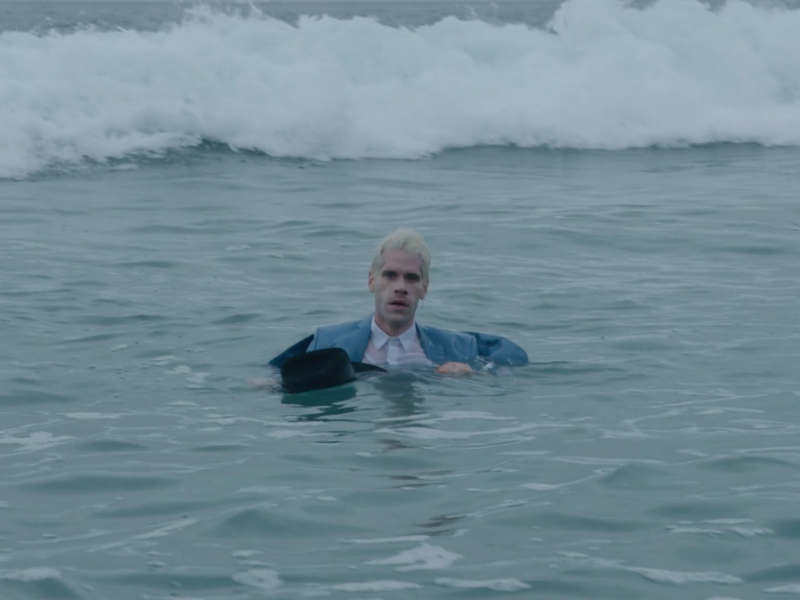We Can Only Begin to Understand Kate Bush in Retrospect
Season 4 of Netflix’s Stranger Things features a scene in which Max, the ill-fated add-on to the series’ scrappy outsider crew, frustratedly paces her local high school’s halls to the tune of Bush’s eerie 1985 breakthrough single “Running Up That Hill (A Deal With God).” Since the season’s release earlier this month, the anthem has become the most streamed song on Spotify globally, secured its maker her first top-ten chart placement on the Billboard Hot 100, and given the album it debuted on (1985’s Hounds of Love) a newfound number one position on Billboard’s Top Alternative Albums list. Over the course of her most active years, Kate Bush’s artistry was often diminished at the hands of crucial misunderstandings — her label non-consensually used a suggestive poster of her to market her debut album in United States; in the wake of her fan-base being polarized by her 1993 LP The Red Shoes, she largely disappeared from the public eye — but more and more, as time passes, it seems as if the only formulas through which her work is widely understood are the ones wherein she is largely absent.
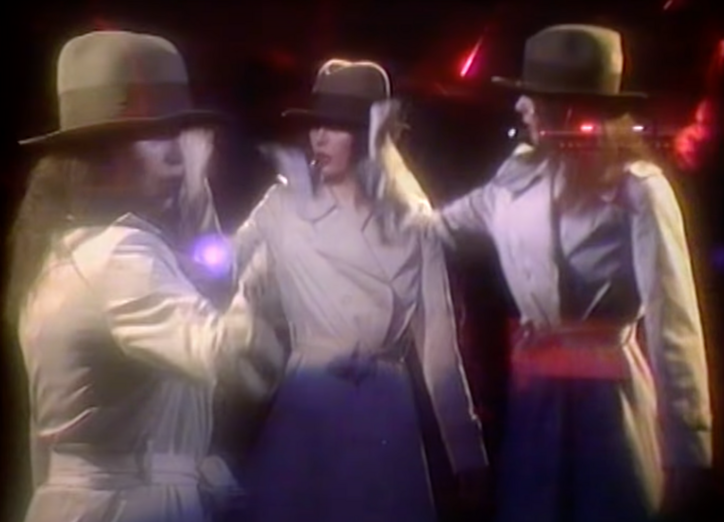
When, a week prior to the writing of this piece, Bush re-emerged from the reclusive hole she entered decades ago to release a statement about “Running Up That Hill”s surge in popularity, it was received by the public the same way a cult might receive an apocalyptic prophecy. “You might have heard that the first part of the fantastic, gripping new series of ‘Stranger Things’ has recently been released on Netflix,” it reads. “It features the song, ‘Running Up That Hill’ which is being given a whole new lease of life by the young fans who love the show — I love it too! Because of this, 'Running Up That Hill' is charting around the world and has entered the UK chart at No. 8. It's all really exciting! Thanks very much to everyone who has supported the song.” As much as the statement reads as an email from a distant mother approaching her strained relationship with her daughter cordially, its larger-than-life appeal hinges on the sense, curated by her longstanding public absence, that we’re hearing something from the void.
As of Bush’s re-emergence into contemporary cultural discourse, a large portion of online discussion on the topic has centered around making fun of younger listeners for their brash misconceptions — one such misconception being the false assumption that Bush is dead. (“I hope she’s seeing this in heaven right now,” one Twitter user wrote in response to news of “Running Up That Hill” cracking the top-ten on Billboard’s Hot 100.) But in the grand scheme of things, by severing the public leg of her artistic canon, Bush may well have undergone a similar kind of symbolic death. As put by Mitski, regarding her deleted Twitter account, in a recent T Magazine profile, “once someone is dead, they become this hero. And I’m dead on the internet, so they make me out to be a hero.” In analogous fashion, Bush either is, or was, somewhat dead to the public — interviews are a rarity, her sparingly-posting social media accounts are ostensibly run by management, and she only ever went on tour once, in 1978 — but in her absence, a new layer of martyrdom is steadily filling in the gaps where influence and intent part.
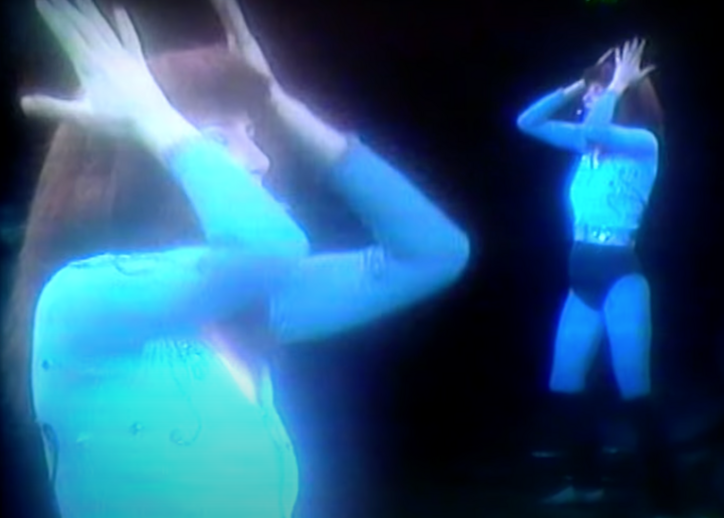
Asked in one interview whether a surprise concert residency she held in 2014 was a “disappearing act” or “last hurrah,” Bush said: “Disappearing act? That’s a magic trick, isn’t it? I like magic tricks! But, no. That’s what they see. I don’t know why they’d think that. Why would they think that? I’m not vanishing into thin air.”
Perhaps it feels at points as if she has, in fact, vanished into thin air, because of the mammoth artistic presence she spent her career curating before largely going silent. The Tour of Life, Bush’s first and final attempt at putting together a string of performances in varying locations, was an explosive microcosm of her demanding creative ethos — described by The Guardian as “an extraordinary, hydra-headed beast, combining music, dance, poetry, mime, burlesque, magic and theatre,” it featured sets in which she’d change clothes seventeen times, choreography so enchanting it was ghastly, and, as if none of it was enough, the pioneering of wireless microphone usage in live sets. Though there was never an official reason given for her decision to never tour again, popular theories have credited it to a fear of flying and the death of a lighting engineer. Whatever the truth is, much like the resurgence she’s enjoying in 2022, the thing that both steers the conversation, and keeps it interesting, is the fact that there will likely never be a definitive answer. Kate Bush’s mystique works because, even though she’s perfectly capable of confirming and denying, she probably won’t.
All we can do with Kate Bush is theorize. And as long as we love the sound of our own voices, her legend will remain intact.
